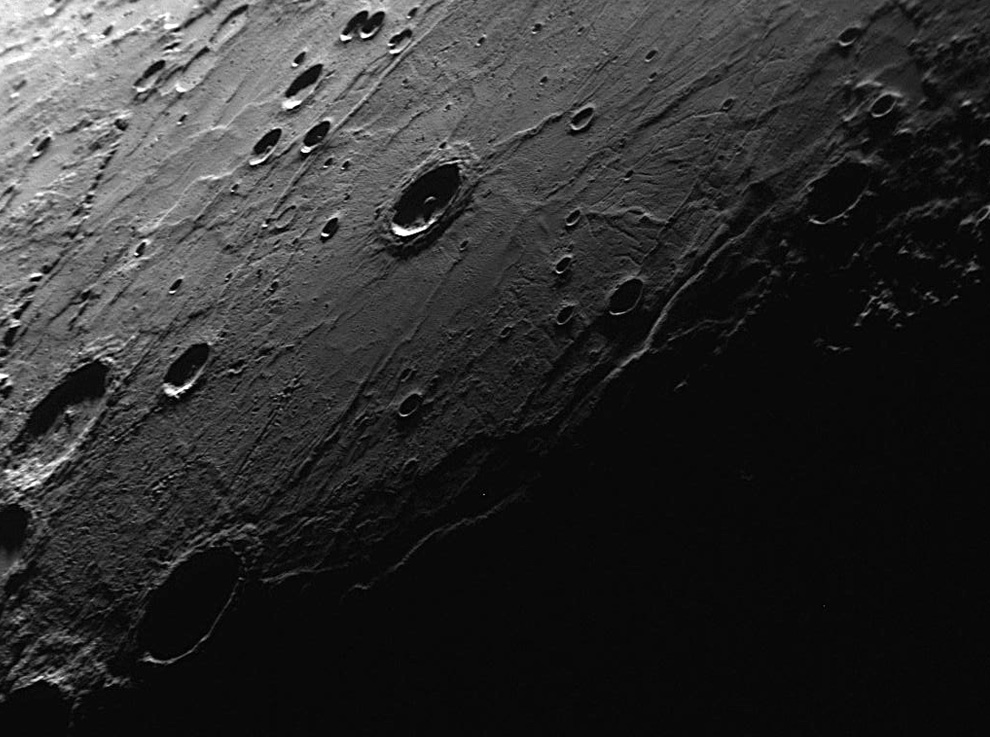 New findings have been revealed on the planet Mercury. At least what is left of our space program is discovering a new look at the planet. In the past it was compared to our moon; grey and cratered just slightly larger than our moon. New data earlier released this month from NASA’s Mercury Messenger spacecraft which entered orbit around Mercury in March is revealing a more vibrant picture of the solar system’s innermost planet.
New findings have been revealed on the planet Mercury. At least what is left of our space program is discovering a new look at the planet. In the past it was compared to our moon; grey and cratered just slightly larger than our moon. New data earlier released this month from NASA’s Mercury Messenger spacecraft which entered orbit around Mercury in March is revealing a more vibrant picture of the solar system’s innermost planet.At a NASA news conference it was revealed that they found rimless pits, and rocks very different from those found on the moon. Mercury’s rocks contain more potassium. Scientists already knew that Mercury has a magnetic field, while the Moon does not. Also, The iron core of Mercury is unusually large, extending out ¾ of the way to the surface. Earth’s core by contrast extends a little more than halfway.
 High -resolution images of craters revealed irregular pits, ranging in widths from several hundred feet to a few miles. The pits do not have rims like craters produced by impacts, leading the scientists to speculate that they were etched by some unstable material that evaporated quickly when exposed at the surface.
High -resolution images of craters revealed irregular pits, ranging in widths from several hundred feet to a few miles. The pits do not have rims like craters produced by impacts, leading the scientists to speculate that they were etched by some unstable material that evaporated quickly when exposed at the surface. Mercury Messenger’s one year mission around the planet is only ¼ done. There was only three flybys in 1974 and in 1975 that did not reveal much information. Why haven’t we been there much? Because the scientists then just thought of the planet being a larger example of our Moon. Now that we have vehicles able to orbit planets for extended times with robotic arms to do all kinds of sampling and experiments, Why are we not funding the space programs like we did in the past?
 The latest batch of data includes the clearest pictures yet of Mercury’s polar regions, plus readings of the elements in its crust, which have helped scientists rule out some theories about the planet’s origins. The budget needs to be revamped to increase funding for exploration and less funding for wars. This planet is geared to kill all the inhabitants through senseless wars or by nuclear power of which we do not know where to store the dangerous waste products.
The latest batch of data includes the clearest pictures yet of Mercury’s polar regions, plus readings of the elements in its crust, which have helped scientists rule out some theories about the planet’s origins. The budget needs to be revamped to increase funding for exploration and less funding for wars. This planet is geared to kill all the inhabitants through senseless wars or by nuclear power of which we do not know where to store the dangerous waste products.
No comments:
Post a Comment